Fire Protection is having an emergency system and safety equipment working and available to protect an establishment in event of a fire. Systems and equipment requirements are set and enforced by National standards and are to be inspected often to ensure public safety.
| Automatic Kitchen Hood Suppression Systems Do I need it? NFPA requires all cooking equipment that produces grease-laden vapors that might be a source of ignition of grease in the hood, grease removal device, or duct shall be protected by by fire-extinguishing equipment. This includes both automatic fire-extinguishing systems as a primary protection and portable fire extinguishers as secondary backup. |
How do they work?
Automatically triggered by extreme smoke or heat or manually activated, a fire suppression system will dispense chemicals to suppress flames. It will also shut down the supply of fuel and electricity to surrounding equipment to prevent further damage.
What are the national regulations/codes?
Installation: Refer to NFPA 96
Inspection: Refer to NFPA 96
Maintenance: Clean hood and system of grease, dust and debris. Test as recommended by NFPA.
Where can I turn for help?
There are strict regulations and codes regarding the installation, operation and inspection of fire suppression systems. It is imperative to contact certified professionals to help determine the correct system needed for your establishment. Certified fire protection professionals can also install, test and inspect the suppression system in accordance to NFPA standards.
If you are unsure of who to call or which company is creditable contact the National Fire Protection Association.
Portable Fire Extinguishers
The answer is YES! According to NFPA standards portable fire extinguishers shall be provided in all commercial buildings for use. They are selected and distributed based on the classes of anticipated workplace fires and on the size and degree of hazard which would affect their use.
How do they work?
To understand how fire extinguishers work you must first understand the different classes of anticipated fire (relevant to a commercial kitchen) and the appropriate extinguisher safe to use in the event of a fire.
Classifications of Fires
- Class A fires are fires in ordinary combustible materials such as wood, cloth, paper, rubber, and many plastics.
- Class B fires are fires in flammable liquids, combustible liquids, petroleum greases, tars, oils, oil-based paint, solvents, lacquers, alcohols, and flammable gases.
- Class C fires are fires that involve energized electrical equipment.
- Class D fires are fires in combustible metals such as magnesium, titanium, zirconium, sodium, lithium, and potassium.
- Class K fires are fires in cooking appliances that involve combustible cooking media. (vegetable or animal oils and fats)
Classifications of Extinguishers
- ABC Dry Chemical (Classes A, B & C): This multipurpose extinguisher is one of the most popular extinguishers used. It will work on all class A, B and C fires.
- Carbon Dioxide (Classes A & B): Carbon dioxide extinguishers are not electrically conductive and contain a non-contaminating and odorless gas. This type of extinguisher smothers the fire by covering it in a snow-like cloud.
- Halotron I (Classes B & C): The Halotron is approved for use on B and C fires. The Halotron I extinguishers are great for use in computer rooms, clean rooms and data storage areas; unlike other extinguishers that can leave a powder residue on sensitive electronics, the Halotron I extinguishers contain a rapidly evaporating liquid that leaves behind no residue.
- Class D (Class D): The Class D fire extinguishers are specifically designed for combustible metal fires. This is ideal for a metal shop and other places where metals are heated.
- Wet Chemical (Class K): Class-K portable fire extinguishers are required under UL-300 to be located in the kitchens of cooking establishments. Class-K extinguishers are specifically created to put out the high temperature fires that can occur with the grease in a kitchen.
Inside a fire extinguisher there are two different substances. One of them is a solid, liquid, or gas substance for fighting the fire. The other one is called a propellant and is a pressurized chemical that makes the fire-fighting substance come out when you press the extinguisher handle. In the event of a fire tightly squeeze the handle and aim at the base of the fire. The fire-fighting substance will extinguish the fire by cutting off the oxygen supply.
What are national regulations/codes?
Installation: Refer to NFPA 10
Inspection: Refer to NFPA 10
Maintenance: Keep accessible at all times. Do not block or restrict access.
Where can I turn for help?
There are strict regulations and codes regarding the installation, operation and inspection of fire extinguishers. It is imperative to contact certified professionals to help determine the correct extinguishers needed for your establishment. Certified fire protection professionals can also install, test and inspect the fire extinguishers in accordance to NFPA standards.
If you are unsure of who to call or which company is creditable contact the National Fire Protection Association.
Emergency Lighting Systems
Do I need them?
Occupational Safety and Health Association (OSHA) standards state; each exit route must be adequately lighted so that an employee with normal vision can see along the exit route. Each exit must be clearly visible and marked by a sign reading "Exit." Each exit sign must be illuminated to a surface value of at least five foot-candles (54 lux) by a reliable light source and be distinctive in color. Self-luminous or electroluminescent signs that have a minimum luminance surface value of at least .06 footlamberts (0.21 cd/m2) are permitted.
How do they work?
Emergency lighting systems generally operate on a low-voltage charge to extend the life of lead-calcium batteries. Rather than the simple mechanical switches regular lights used, emergency lighting may be wired into an uninterrupted power supply (UPS) to recharge the battery under normal conditions and transfer to battery power when the building system fails. Some emergency lighting systems may be wired to emergency generators or include LED "pathways" about a foot and a half off the ground along egress routes to light the way in smoky fires.
What are national regulations/codes?
Installation: Refer to NFPA 110 & National Electrical Manufactures Association (NEMA)
Inspection: Refer to NFPA 110
Maintenance: Keep free of dust and debris. Do not block. Test as recommended.
Where can I turn for help?
There are strict regulations and codes regarding the installation and inspection of emergency lighting systems. It is imperative to contact certified professionals to help determine the correct system, placement, and installation option for your establishment. Certified fire protection professionals can also test and inspect the emergency lighting system in accordance to NFPA standards.
If you are unsure of who to call or which company is creditable contact the National Fire Protection Association.
- Fire Prevention is actions preformed at store level to prevent fires and identify potential fire hazards. It can also prevent or limit injuries, extensive property damage and death in the event of a fire.
Emergency Action Plan (EAP): a written document required by particular OSHA standards. For smaller organizations, the plan does not need to be written and may be communicated orally if there are 10 or fewer employees. The purpose of an EAP is to facilitate and organize employer and employee actions during workplace emergencies. The elements of the plan must include, but are not limited to:
- Means of reporting fires and other emergencies.
- Evacuation procedures and emergency escape route assignments.
- Procedures to be followed by employees who remain to operate critical plant operations before they evacuate.
- Procedures to account for all employees after an emergency evacuation has been completed.
- Rescue and medical duties for those employees who are to perform them.
- Names or job titles of persons who can be contacted for further information or explanation of duties under the plan.
Employee Training: The more people you have accountable for fire safety betters the chance of fire prevention. It is important to train ALL employees of emergency procedures during the first few days of employment to ensure all employees remain safe in event of an emergency. Annual fire prevention training programs are also a great idea to have in place for all employees to participate in. Things to include but are not limited to:
- Locations of gas and electric master shut off switches.
- How to use, clean and store chemicals properly.
- How to operate equipment properly.
- Equipment safety procedures.
- Locations and importance of Personal Protection Equipment (PPE).
- How to operate emergency fire protection equipment.
- Identifying fire hazards.
Preventative Maintenance Programs: The use of planned/scheduled kitchen equipment preventative maintenance will do more than just save energy; it will also expose any potential fire hazards before it’s too late. During preventative maintenance trained professionals inspect each piece of equipment thoroughly for frayed wiring, clogged filters, excess dirt, grease and dust which cause the greatest threat of fire to kitchen equipment. It also ensures equipment is operating safely and sufficiently within government standards.
Proper Cleaning Procedures: 21% of fires in eating and drinking establishments could have been prevented through proper cleaning and maintenance. Proper cleaning procedures should not be confused with preventative maintenance; cleaning procedures should be completed and monitored throughout the work day. The best way to ensure cleaning procedures are being completed is to establish a scheduled cleaning log in which common fire hazards areas are checked hourly, daily, monthly and quarterly. Common fire hazards include but are not limited to:
|
In case of a containable cooking equipment fire: REMAIN CALM
- Alert all surrounding employees/staff of the fire.
- Pull emergency alarms to activate fire suppression systems if not already activated.
- Locate the nearest fire extinguisher classified for specific emergency.
- Contain/suppress fire.
- Notify fire department.
In case of an uncontainable cooking equipment fire: REMAIN CALM
- Alert all surrounding employees/staff of the fire.
- Pull emergency alarms to activate fire suppression systems and fire alarm system.
- Locate the nearest emergency exit.
- If not in immediate danger assist anyone who needs help evacuating.
- Evacuate the building.
- Proceed to your company’s designated assembly areas.
- Take inventory of all personnel located in the building at the time of emergency.
- Dial 911. Give the following information to the 911 operator; Street address, nearest cross street, name and location of the building and the description of the situation.
- Report all missing persons immediately to emergency team upon their arrival.
- Follow any/all company procedures once you are in a safe location.
Fire is unpredictable, dangerous and destructive; it is the combination of fire protection, prevention and safety that gives a chance to defend your commercial kitchen adequately. In fact, 71% of fires in eating and drinking establishments stay relatively small, and do not spread beyond the object of origin due to the quick response and training of establishment employees.
If you have further questions about fire protection, prevention or safety, please let us know. Clark Service Group's newest addition, Clark Fire Protection Inc., have NFPA certified professionals ready and willing to help you. If you are located in the Lancaster, Pennsylvania area and are in need of installation, inspection, or maintenance do not hesitate to give our experts a call. 1-800-678-5517 Clark Fire Protection Inc. is committed to providing premier fire protection service with the same unparalleled customer service you can count on.
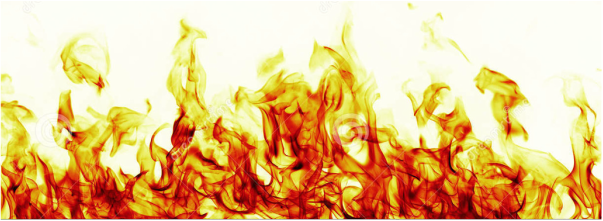
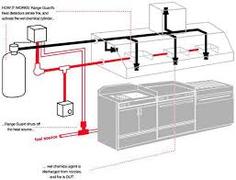
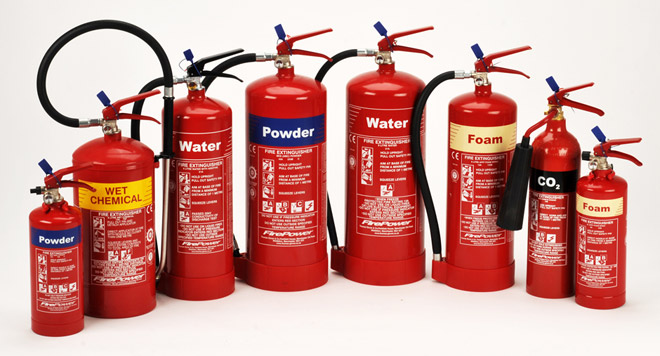
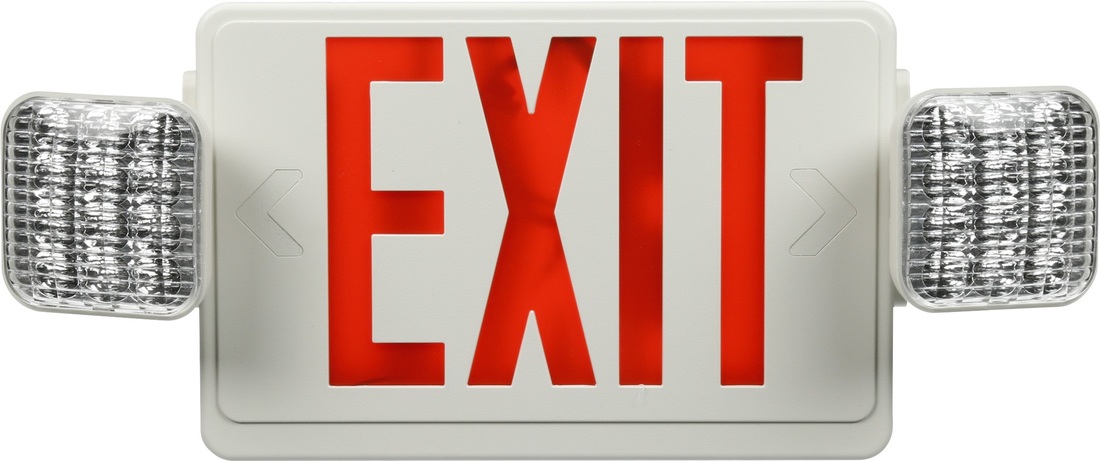
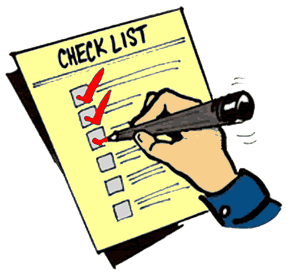
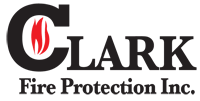
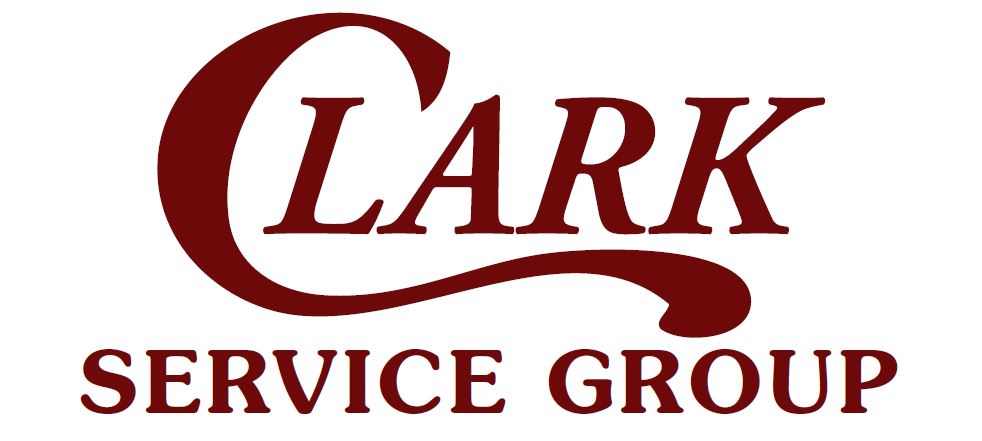
 RSS Feed
RSS Feed
